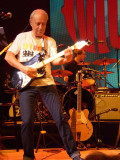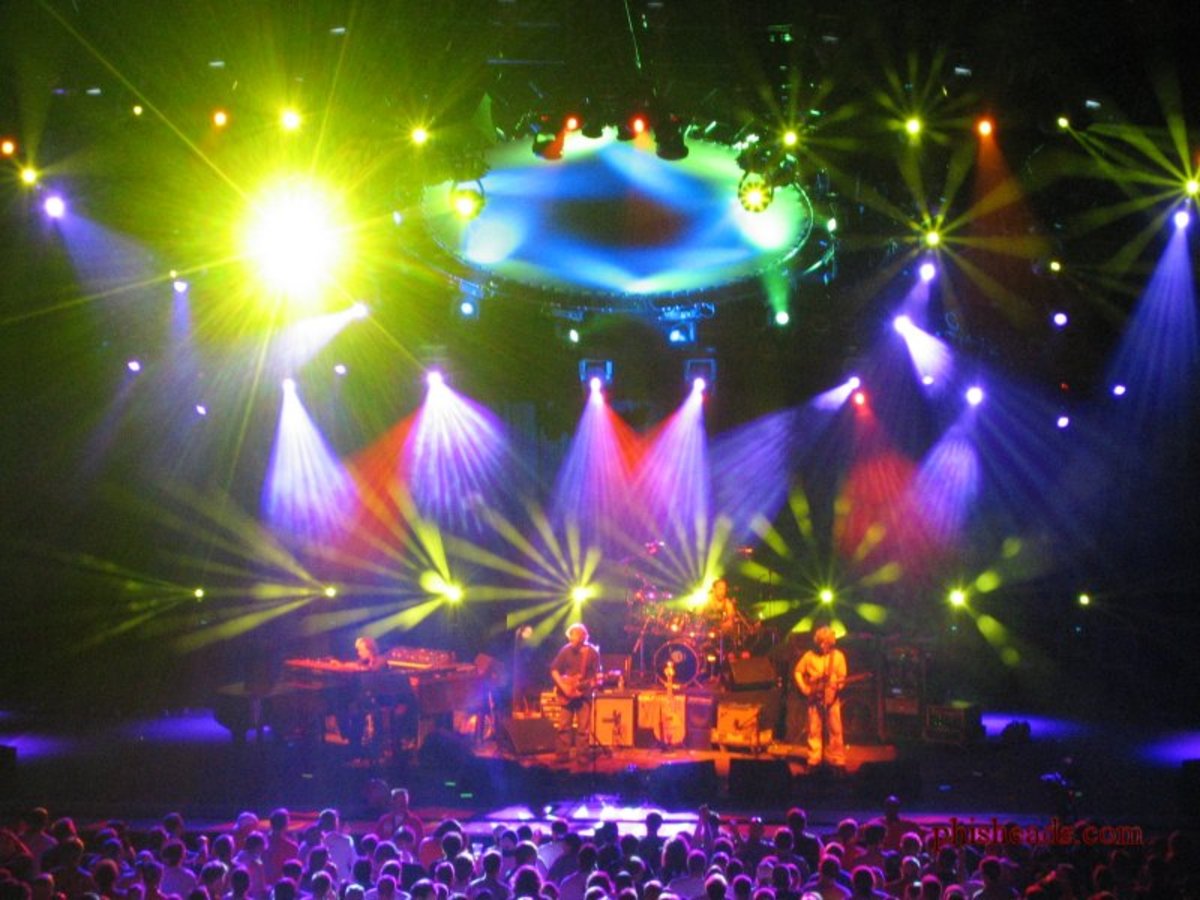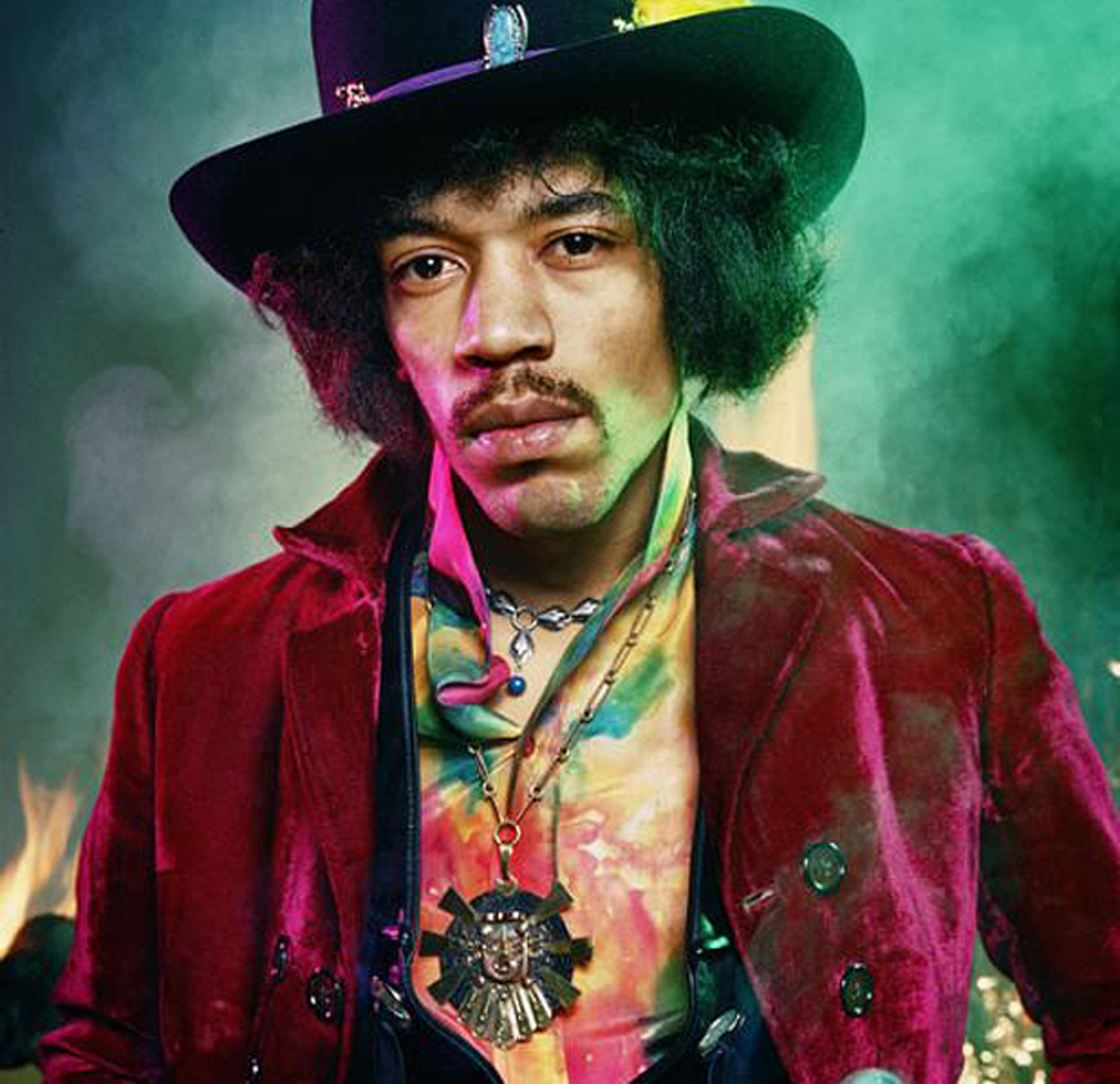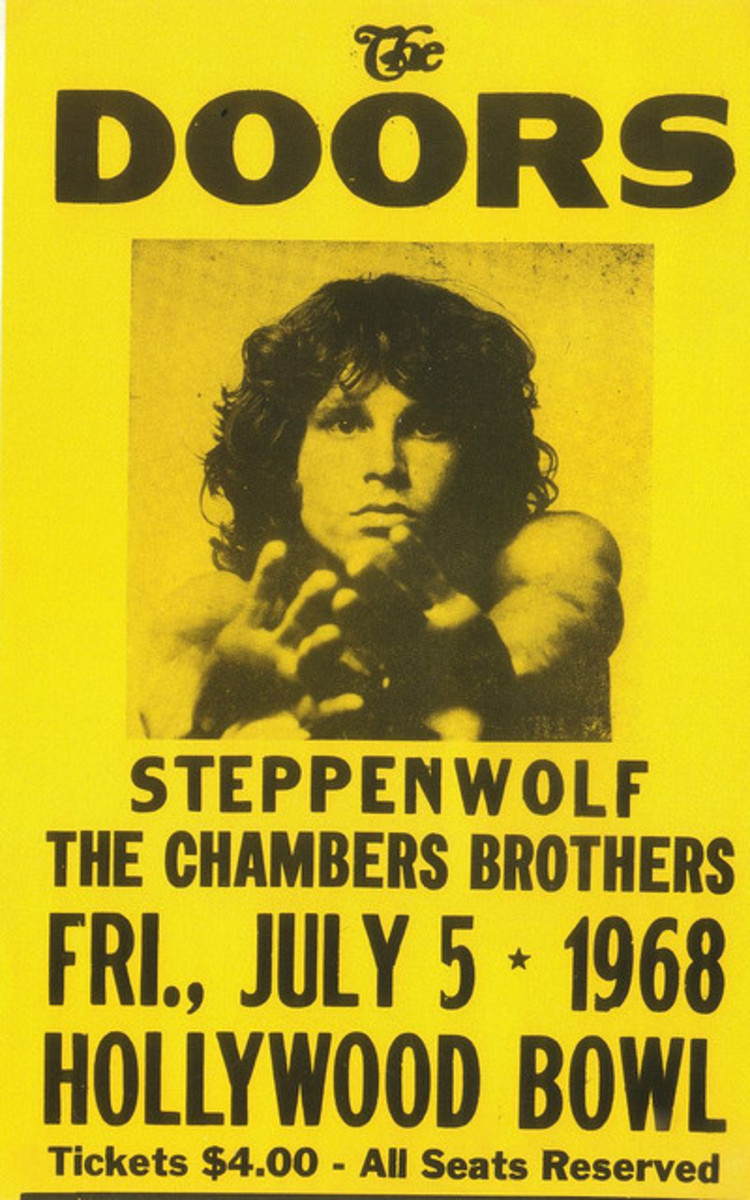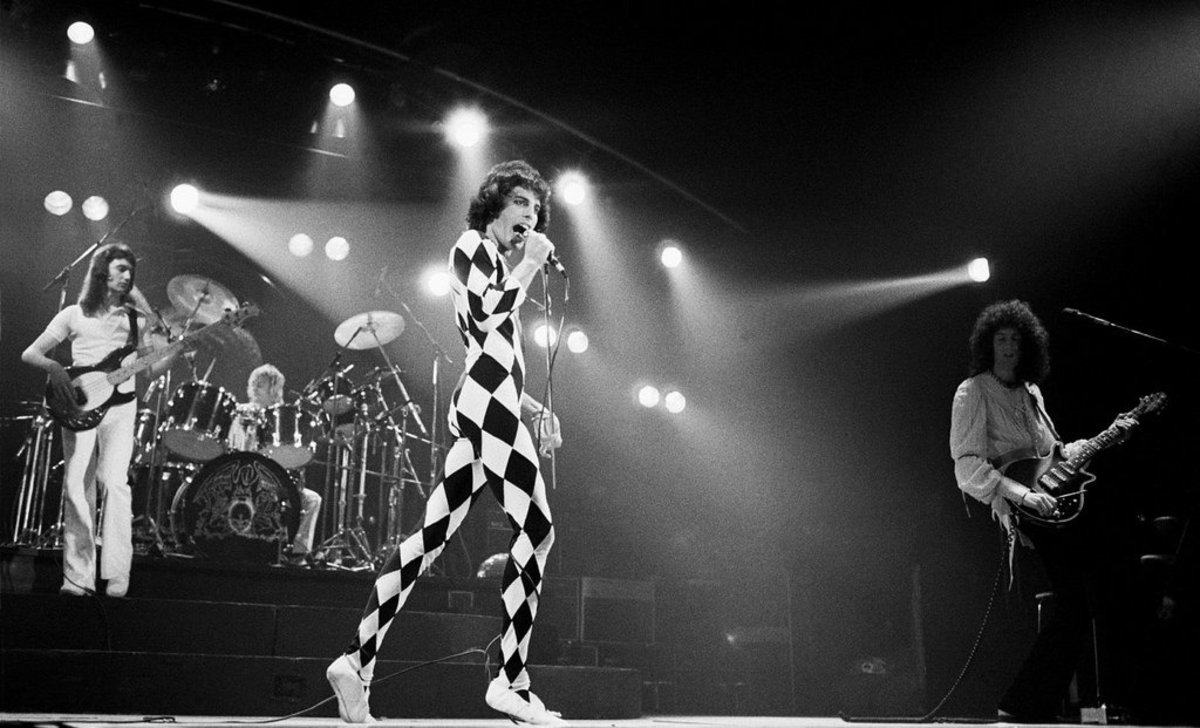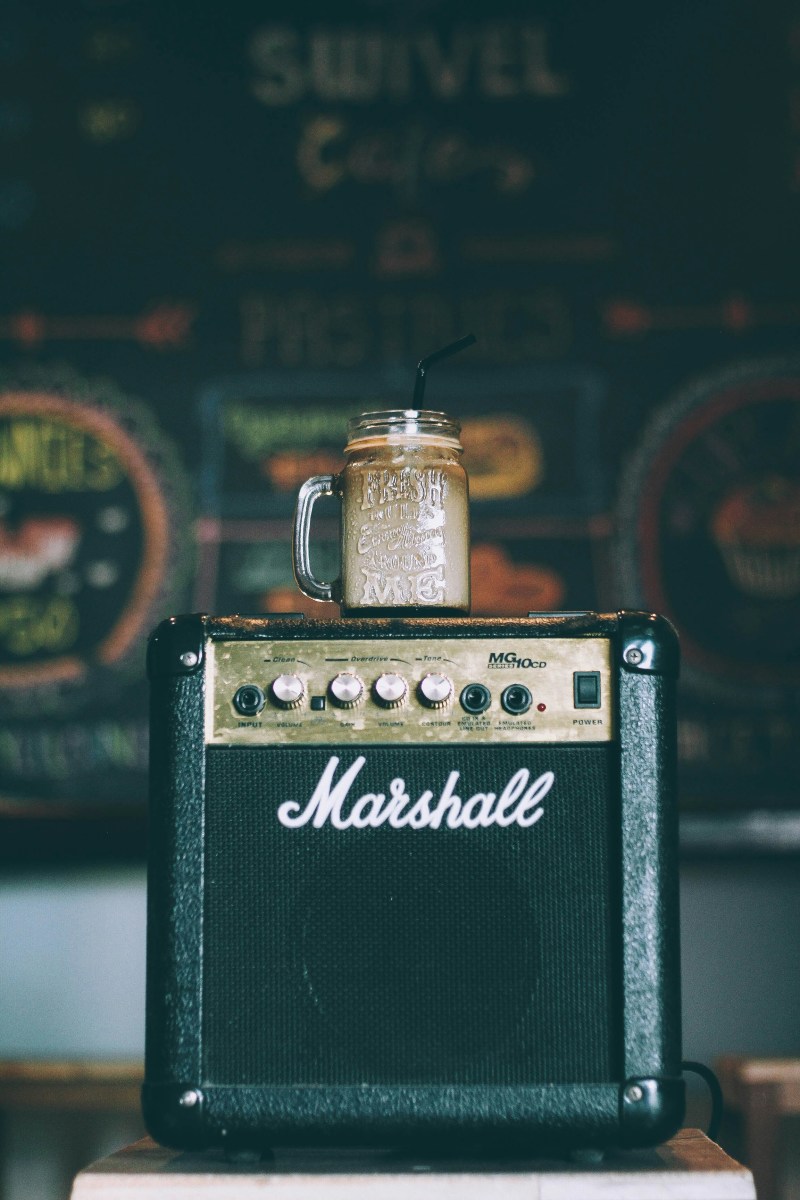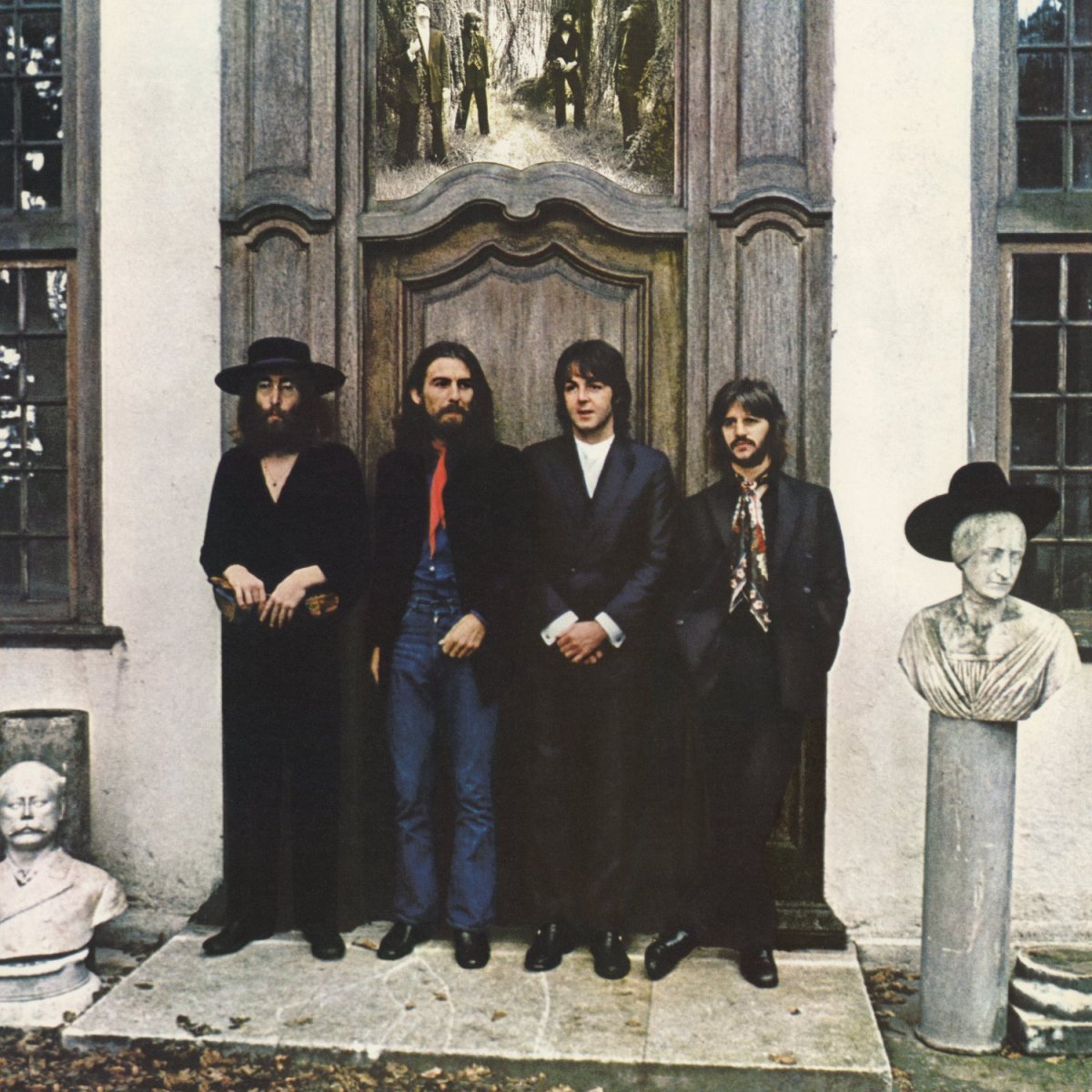The Doors- Live at the Bowl in '68
The Doors Starred Famed Vocalist Jim Morrisson
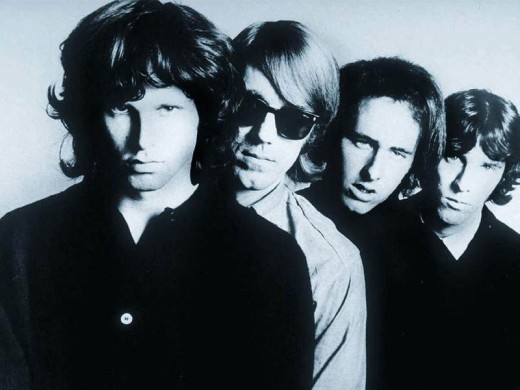
The Doors Live at the Bowl
The Legendary Classic Rock Band, The Doors
The legacy left behind by Jim Morrison and The Doors--Morrison himself died less than three years after the taping of this concert--is unmistakable and undebatable.
Much of the abstract and “trippy” music composed by the band either receives a positive or negative response, with little room in between.
Markedly often this is the case when the more creative elements of the human psyche are explored, as in other musicians of the time such as Janis Joplin and Bob Dylan.
There are, however, a few elements that set The Doors apart in a very large way from their contemporaries--taking nothing away from Dylan, Joplin, or even The Grateful Dead, the difference lies in not only stage performance, but especially in band composition as a whole.
In addition, the short time they were active as a band compared to their mind blowing amount of material available set The Doors apart markedly--beautifully illustrated by their recently released, and infamous, concert on July 4th, 1968 at the Hollywood Bowl in Los Angeles, California.
Jim Morrisson of The Doors
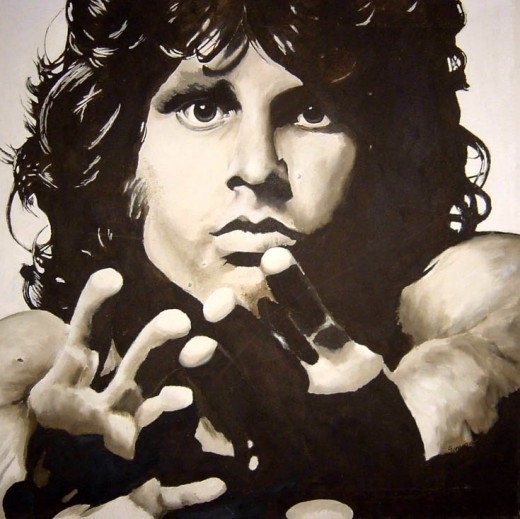
Are you a fan of The Doors?
About the Band
First looking at the band members leading up to this concert, The Doors had the makings of a successful band.-
Combining the genres of spoken word, blues, folk, as well as the broader term of rock and roll--from the onset of the friendship between keyboardist Ray and lead singer Jim Morisson, The Doors were destined for stardom.
Originally meeting in film school, they reconnected years later on the beaches of Los Angeles.
After Ray’s insistence on reading his friends’ poetry, and further insisting that they were composed as songs, the band created a five-piece--adding John Densmore on the drums, as well as the incredibly talented guitar player Robby Krieger.
People are Strange by The Doors
The Doors Performing Live
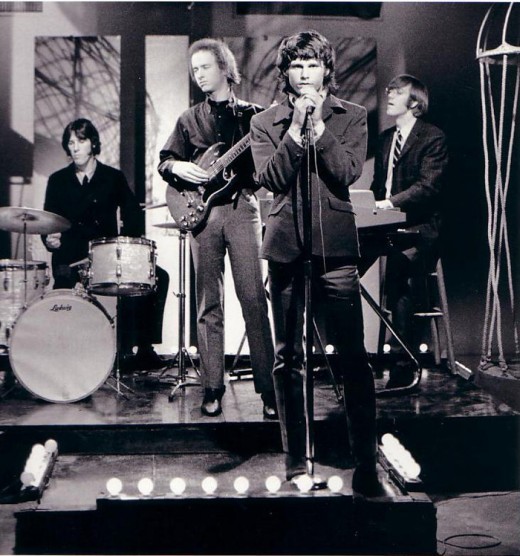
The Lost Writings of Jim Morrison
The Appeal of The Doors
It is this composition that allowed The Doors to appeal to so many at once, as well as what allowed for their scarcely seen genre-blending.
Although countless other bands crossed the bridge between blues and rock and roll before, none with the success as well as overall variation as The Doors.
Jim Morrison was an untrained vocalist and aspiring writer and poet--he could not even face the crowd during his early career for anxiety reasons.
Ray is an incredible jazz and blues keyboardist, virtually always playing with a double or triple stacked keyboard--often involving an organ or chord organ.
John Densmore had a traditional rock background.
Robby Krieger, known as one of the best pure guitar players of all time, was very well versed in everything and anything, up to and including traditional Hispanic music.
Generally placing such an eclectic group of musicians together results in one genre overpowering another, but certainly not complementing them. This was not the case for The Doors, and it is well illustrated in their live performance.
Jim Morrison and Public Censorship
Comparing this act to other actions Morrison took in a public sector, the audio CD from “Live at the Aquarius Theatre” gives plenty of insight.
There is one point in the concert where the entire place seemingly goes dark, and a message from the management plays, requesting that by order of the fire marshal everyone must to return their seats, adding “Mr. Morrison has stated that he would be more than happy to play without the house lights, but we please ask you to return to your seats...”.
In addition, the actions of the band as a whole on the Ed Sullivan show are infamous--when asked to change the drug infused line “girl, we couldn’t get much higher” to the more politically correct “girl, we couldn’t get much better”, the band obliged until the live performance on television...when they those to play their own version, getting them blacklisted from American television.
The Influence of Drugs on The Doors
Given the time period, during the strong counterculture movement of the late 1960s and 1970’s, use of illegal drugs was rampant, as well as expected of many musicians and artists of that time period.
The Doors were no exception, although Jim Morrison took it to a new level.
Very open about his use of especially marijuana and hallucinogens, Morrison went from a shy, budding vocalist who could not face the crowd to perhaps one of the largest egomaniacs in the history of music.
He was known to take large quantities of LSD and or Mescaline before he performed--which, in many ways, made their live performances not only individualistic because of improvisation, but also rather amusing.
Album Cover for The Doors
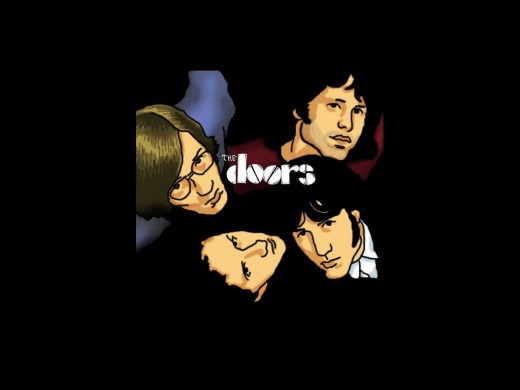
The Doors Live at the Bowl in '68
The Doors, and perhaps really Morrison, had a large problem with censorship.
In what is actually called the most “predictable” concert ever played by the band--straight from its living members--this is even extremely apparent. In the middle of their show at the Hollywood Bowl, and it very apparent in the footage recently released, Morrison crosses the stage in the middle of “Moonlight Drive” and picks up two objects--initially unseen.
With his back to the crowd, he lights a marijuana joint, and proceeds back to center-stage, joint in his mouth. He took a few very large tokes before stomping it out (The Doors Live at the Bowl ‘68).
The Doors at the Hollywood Bowl
The Doors Relaxing Off Set
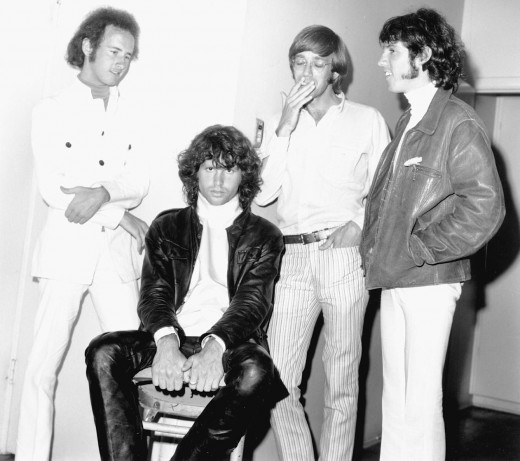
The Very Best of the Doors
The Impact of The Doors' Hollywood Bowl Performance
With regards to Live at the Hollywood Bowl, other than the live smoking of marijuana, as well as Morrison’s clear intoxication on what it is safe to assume is LSD (judging by the close-up views of his pupils, in addition to his unpredictable actions), the concert is now widely regarded as the band’s best ever live performance.
It also illustrates everything that made them a successful, coherent live act. It is truly within the songs themselves where the band truly shows their roots, as well as their versatility.
Comparing the songs performed live to the songs recorded in studio version is where most of the contrast truly lies.
Although previously played tracks on the whole, the seamless transition from one song to the next illustrates composition never before seen. In particular, the apparent linking of “Whiskey Bar”, “Back Door Man”, “Five to One”, and “The WASP (Texas Radio/Stoned Immaculate)” into one piece of music--rather than the four individual songs--was not only more powerful, but it kept the audience’s attention rapt.
Why The Doors Wil Remain a Classic Rock Legend
With regards to the venue and stage set-up, attention was certainly placed where it needed to be placed.
Morrison was twenty-four at the time of the concert, and clearly the face of the band. Krieger’s guitar playing skills showed restraint in not overpowering the keyboardist, and Densmore was more than proficient in adapting to the ever present improvisations that clearly took place on stage.
This left an open-ended program, which was very conducive for the audience of the counter-culture the band so appealed to.
The contrast between the grand piano and the organ sounds resonated long after struck, and the guitar complemented the chords on the organ. The concert was composed as one coherent musical piece, rather than a set list with a definite time for each song.
It is truly the variation and consistency at the same time that kept the attention of the audience throughout the masterful concert.
The Doors were brilliantly composed musicians who composed brilliant music--however it is their constant adaptation that sets them far apart, and this concert in particular, as one for the ages.
The Hollywood Bowl Performance Dissected
This was certainly by design. These songs have very similar rhythms, and the way they were presented kept the audiences attention. The audience was left guessing when and where the song would end, in addition to forcing them to participate by the natural reaction of anticipation.
Crowd participation is a very important part of any live musical performance, and this was not the only way Morrison utilized the tool in the concert back in 1968. In fact, he used a tool he very frequently used in other live performances as well.
The band, even in 1968, had an incredible pool of music to choose from. As it was in their July 4th performance in 1968, Jim Morrison simply asked the crowd what they wanted to hear. Undoubtedly this resulted in a multitude of fans attempting to scream over one another, which can be seen in the video, as well as heard in their other live performances--namely the aforementioned performance at the Aquarius.
Regardless of whether any individual fan heard the song they screamed out, at least one or two did. This is a brilliant way to keep the crowd engaged and actively participating in a live musical show--even if it is partially illusionary.

![The Doors: Live at the Bowl '68 [Blu-ray]](https://m.media-amazon.com/images/I/51V7+ufqujL._SL160_.jpg)

![The Doors [Explicit]](https://m.media-amazon.com/images/I/51Jx+T890oL._SL160_.jpg)

